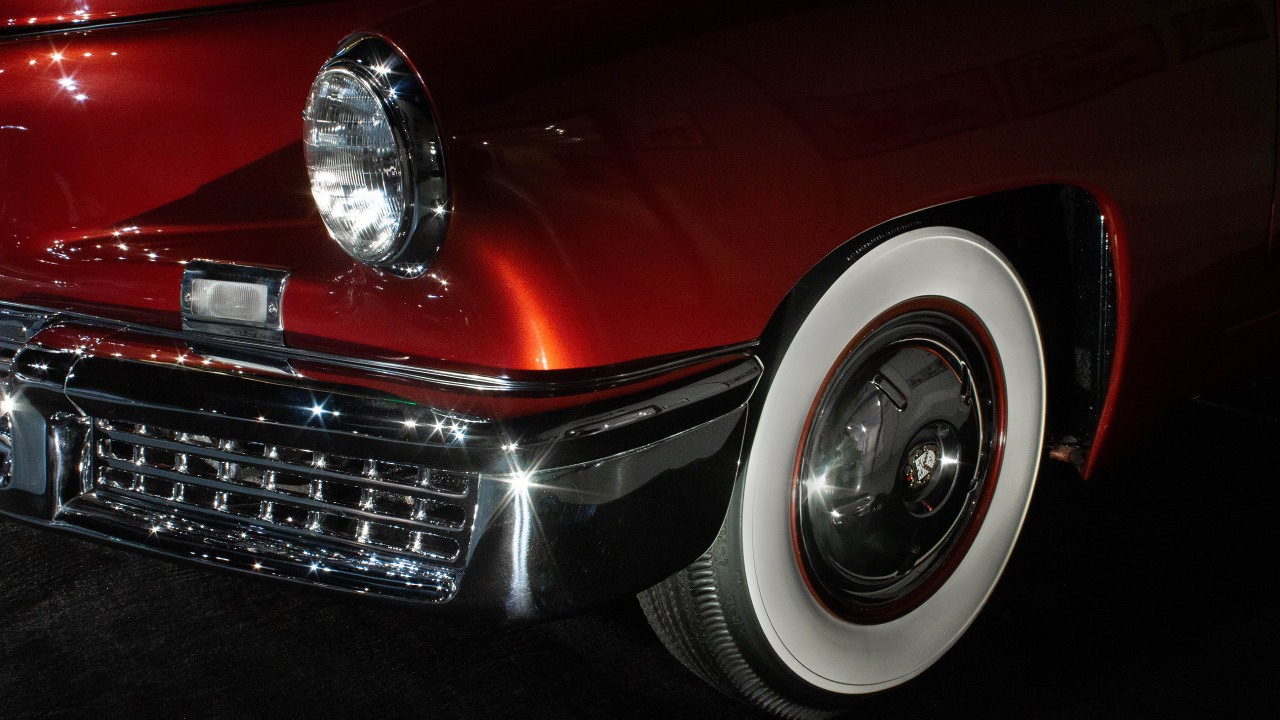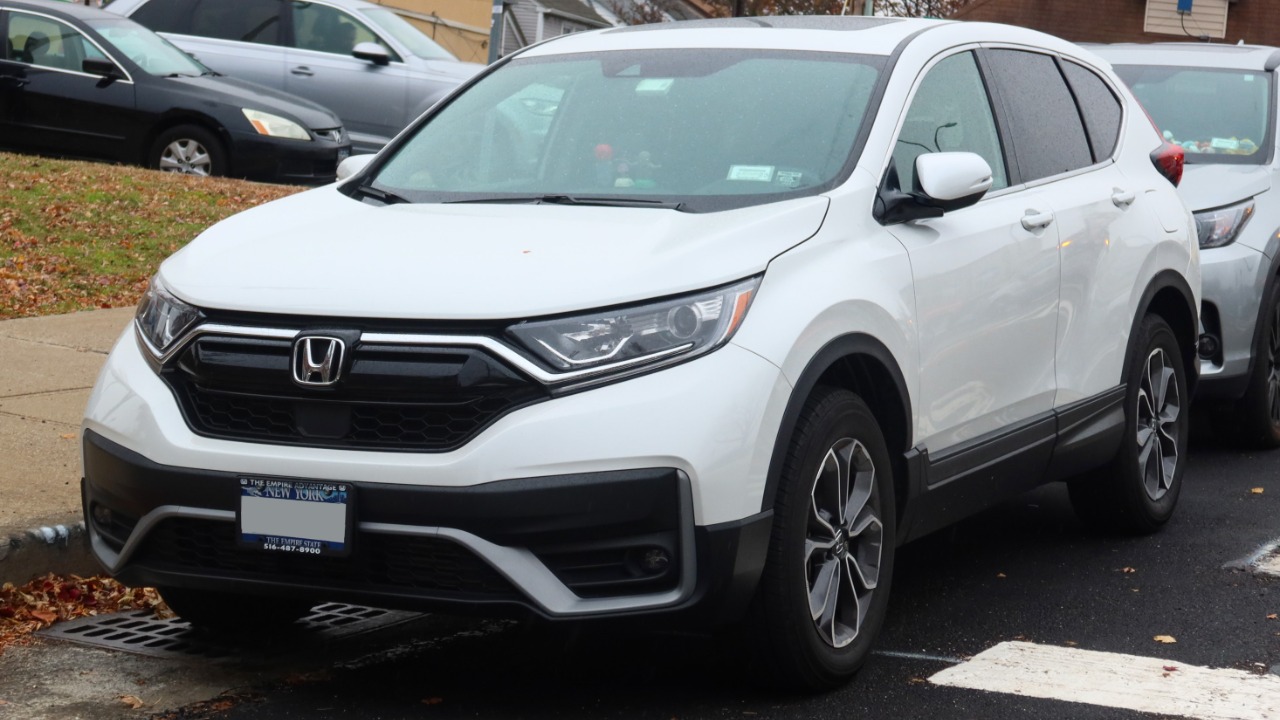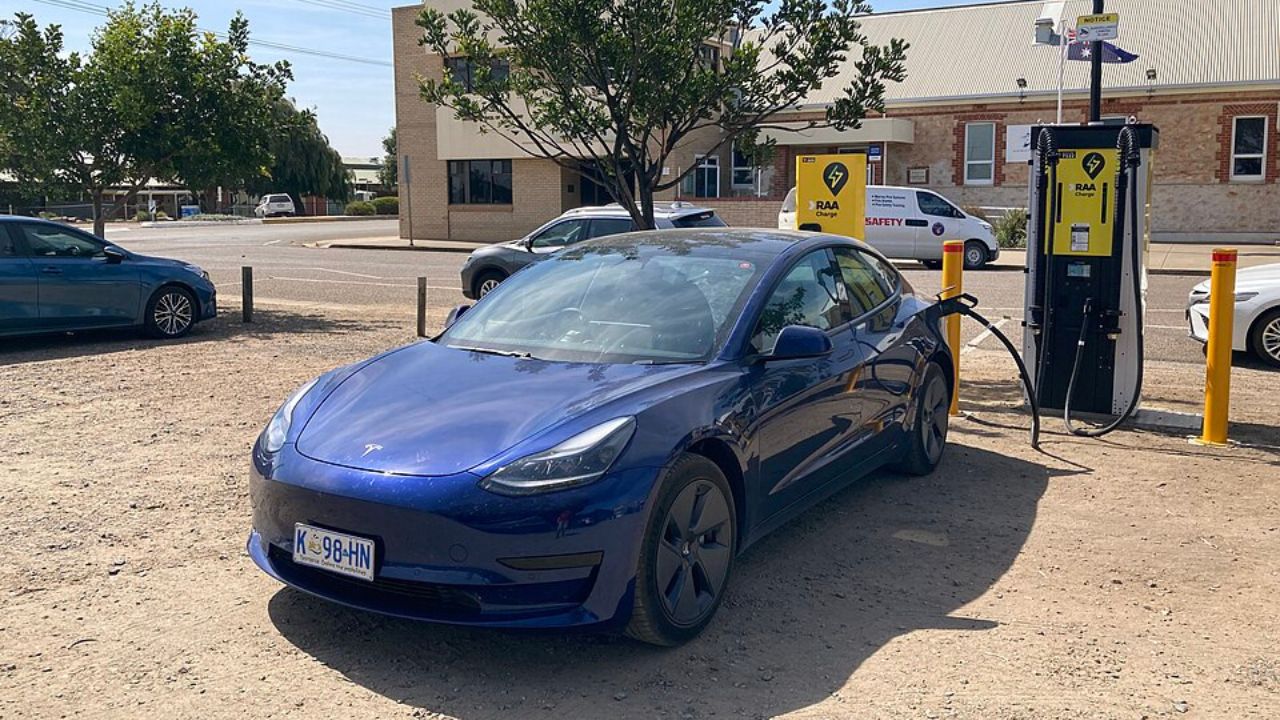Antique cars hold a special place in the hearts of enthusiasts and collectors due to their historical significance, craftsmanship, and the nostalgia they evoke from a bygone era. However, the presence of reproduction parts can significantly influence their market value, sparking discussions among collectors and enthusiasts about authenticity and preservation.
The Importance of Authenticity in Antique Cars
In the world of antique cars, authenticity is not just a buzzword; it’s the cornerstone of a vehicle’s historical significance. Original parts are like pieces of a puzzle that tell a story, providing a window into the era when the car was manufactured. For instance, a 1967 Shelby GT500 with its original engine and gearbox not only represents the pinnacle of American muscle but also embodies the technological advancements and design philosophies of its time. Authenticity, in this context, allows the car to maintain its historical narrative, making it a living piece of history.
Collectors place an immense value on authenticity, often prioritizing it over other factors when making purchasing decisions. They view original parts as an assurance of quality and integrity, reflecting the car’s genuine heritage. This sentiment is echoed in market trends, where all-original cars often command premium prices. According to Hagerty’s valuation tools, a fully original 1969 Chevrolet Camaro Z/28 can fetch significantly higher prices than one with several reproduction parts. The demand for such cars is a testament to their perceived rarity and authenticity.
Reproduction Parts: Pros and Cons
While authenticity is highly prized, reproduction parts play a critical role in the world of antique cars. They offer a practical solution for maintaining and restoring vehicles whose original parts may no longer be available or are prohibitively expensive. For many classic car owners, reproduction parts provide a way to keep their vehicles on the road, ensuring that the cars remain functional and visually appealing.
Cost is another important factor when considering reproduction versus original parts. Original parts can be extremely expensive due to their scarcity, often requiring a significant financial investment. Conversely, reproduction parts are generally more affordable and accessible, allowing a broader range of enthusiasts to engage in restoration projects. However, the use of reproduction parts can have a nuanced impact on a car’s value. While they can decrease the car’s market value by reducing authenticity, in some cases, well-made reproduction parts that enhance safety or drivability can actually increase a vehicle’s value. For example, a 1957 Ford Thunderbird with modern brakes might attract buyers looking for a classic car with improved safety features.

Identifying Reproduction Parts
Identifying reproduction parts can be a complex task, often requiring the expertise of professional appraisers. These experts are invaluable in assessing a vehicle’s originality, using their knowledge to distinguish between genuine and reproduction components. Appraisers often rely on a combination of historical documentation, technical knowledge, and experience to provide accurate evaluations. A car like the 1965 Porsche 911, with its unique mechanical and design features, presents a particular challenge in distinguishing original parts from high-quality reproductions.
Documentation plays a crucial role in confirming a vehicle’s originality. Provenance records, service histories, and even old photographs can provide evidence of a car’s original parts. Additionally, visual and technical clues can aid in identifying reproduction parts. For example, the casting marks on engine blocks or the specific patina on old components can provide hints about a part’s authenticity. Enthusiasts often share tips and resources in online forums dedicated to specific car models, such as the Mustang Club of America, which can be invaluable for identifying reproduction parts.
Market Dynamics and Buyer Preferences
The market for antique cars is diverse, with different buyer demographics holding varying opinions on reproduction parts. Investors often seek original cars for their rarity and potential for appreciation, while hobbyists might prioritize functionality and affordability, making them more open to reproduction parts. Museums, on the other hand, typically value authenticity and originality, as they aim to preserve historical accuracy for educational purposes.
Within this landscape, niche markets have emerged, catering to specific buyer preferences. Some collectors actively seek out modified or partially original antique cars, appreciating the blend of classic aesthetics with modern enhancements. For instance, the growing interest in “restomods,” such as a 1969 Dodge Charger with a modern engine and suspension, showcases how reproduction parts can attract a unique segment of the market. These cars appeal to buyers looking for classic styling with contemporary performance, reflecting a shift in buyer preferences.
Balancing Restoration and Preservation
Restorers often face the dilemma of balancing restoration with preservation. The decision between maintaining a car’s originality and ensuring its functionality can be challenging, especially when original parts are scarce or worn beyond repair. This dilemma is particularly evident in high-profile restorations, where the stakes are high, and decisions can significantly impact a car’s value and historical significance.
Famed restorations, such as the meticulous work done on the 1936 Bugatti Type 57SC Atlantic, highlight how restorers carefully balance reproduction and original parts. In this case, the use of reproduction components was limited to non-visible areas, preserving the car’s original appearance while enhancing its structural integrity. Such examples illustrate the thoughtful approach taken by restorers to honor a car’s history while ensuring its longevity.
Looking to the future, the antique car market is likely to continue evolving in its approach to reproduction parts and restoration practices. As technology advances, the quality and accuracy of reproduction parts are expected to improve, potentially altering perceptions and acceptance among purists. Additionally, as environmental concerns grow, the market might see a rise in demand for electric conversions of classic cars, further changing the landscape of restoration and preservation. Regardless of these changes, the passion for antique cars and their historical significance will undoubtedly endure, continuing to inspire collectors and enthusiasts worldwide.
Like Fast Lane Only’s content? Be sure to follow us.
Here’s more from us:
*Created with AI assistance and editor review.







Leave a Reply